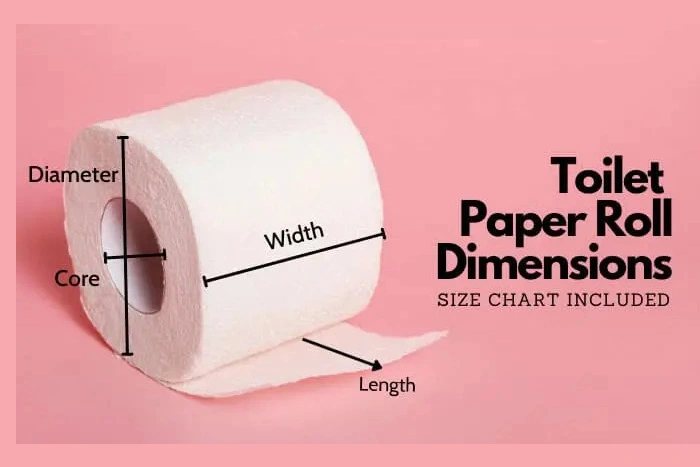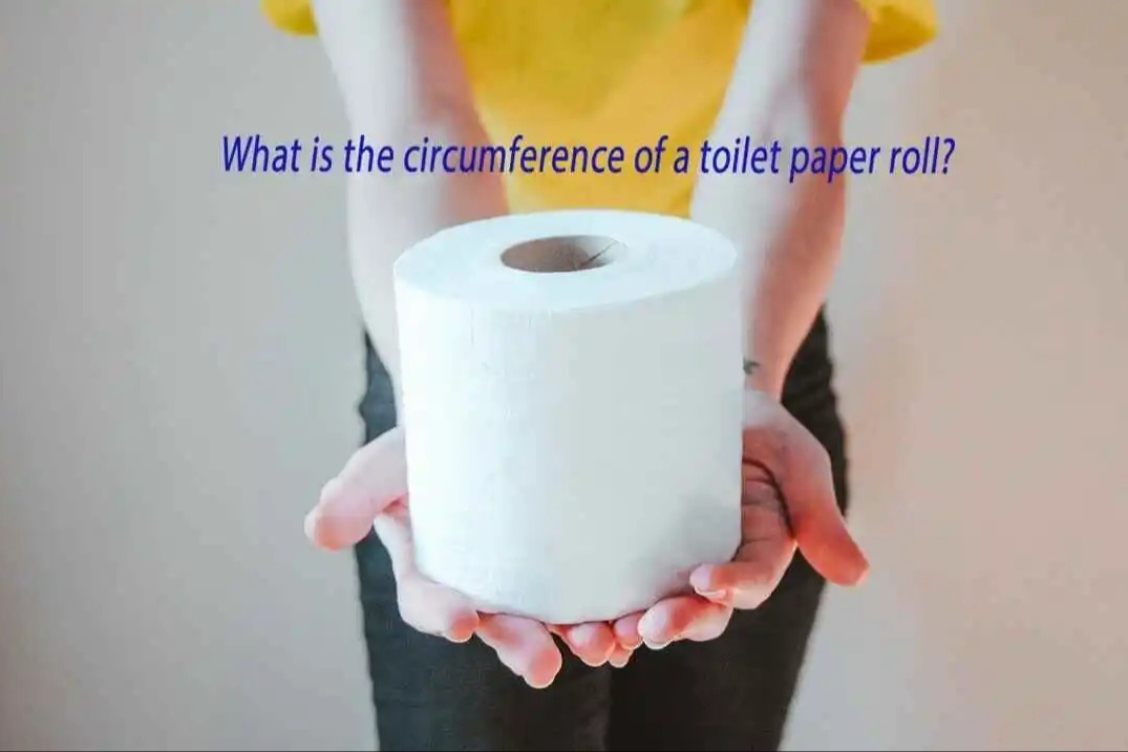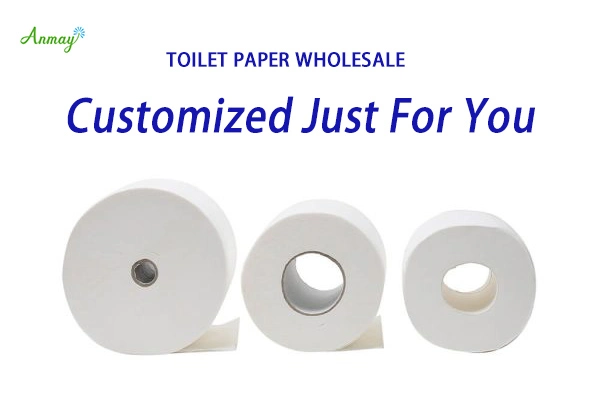When it comes to sustainability, every decision counts. Many businesses are exploring eco-friendly alternatives, and a common question arises: Is it better to use paper napkins or invest in reusable cloth napkins? Let’s dive into the debate of “napkin vs tissue” and explore how to make the most environmentally conscious choice.
Paper Napkins: Convenience vs. Sustainability
Paper napkins, often found in restaurants, hotels, and offices, are known for their convenience and affordability. However, their production has an environmental impact. The process of creating paper napkins involves significant water, energy, and chemical consumption. Most paper napkins are made from virgin wood pulp, contributing to deforestation. Even though some paper napkins are recyclable, their short, weak fibers make recycling less efficient compared to other paper products.
Interestingly, the rise of paper linen napkins—a more elegant and absorbent version of traditional paper napkins—has gained popularity among businesses seeking a premium yet disposable option. However, despite being softer and more luxurious, they still fall short in terms of sustainability.
Cloth Napkins: Reusability and Longevity
Sustainable cloth napkins stand out as an eco-friendly alternative. Made from materials like cotton, linen, or bamboo, they can be reused countless times, reducing waste significantly. Although the production of cloth napkins, especially cotton, demands water and pesticides, they have a longer lifespan and, with proper care, can be an investment that pays off over time.
When selecting cloth napkins, opt for affordable cloth napkins made from organic or sustainable materials, such as bamboo or organic cotton. These options reduce the environmental footprint while maintaining a high-quality experience. For businesses looking to add a touch of class without compromising the environment, recycled cloth napkins are an excellent choice, repurposing post-consumer waste into durable, stylish napkins.
Napkin vs. Tissue: Making the Right Choice
When comparing napkin vs tissue or even paper towels vs napkins, the decision comes down to usage frequency, quality, and sustainability goals. Tissues and paper towels are typically designed for single-use, making them less eco-friendly. However, cloth napkins can be used repeatedly, and biodegradable paper napkins offer a middle ground for those needing a disposable option that doesn’t harm the environment as much.
Are Napkins Biodegradable? Exploring Sustainable Options
For those interested in sustainable solutions, biodegradable paper napkins are made from renewable resources like bamboo, sugarcane, or wheat straw, breaking down in composting facilities. When compared to conventional options, these napkins present an eco-friendly alternative for businesses seeking to reduce their carbon footprint. However, to maximize their environmental benefits, they should be composted rather than sent to landfills.
Conclusion: Cloth vs. Paper Napkins—What’s Better for the Environment?
Ultimately, when comparing cloth vs paper napkins, cloth napkins emerge as the more sustainable option, especially when sourced from organic or recycled materials. Although they have a higher initial environmental impact during production, their reusability makes them a smarter, long-term choice. By choosing environmentally friendly cloth napkins, businesses can reduce waste and contribute to sustainability efforts.
Whether you opt for sustainable paper napkins or invest in reusable napkins eco-friendly options, making these small changes can significantly impact your company’s environmental footprint. Consider the lifecycle of each product, and choose options that align with your sustainability goals.





